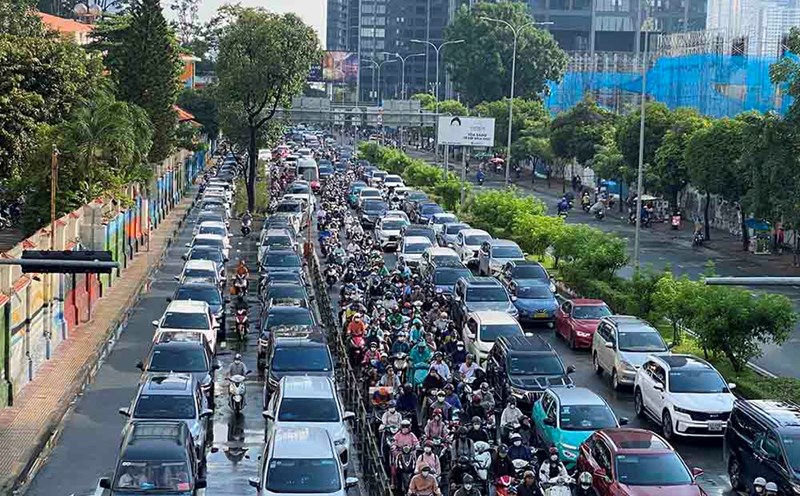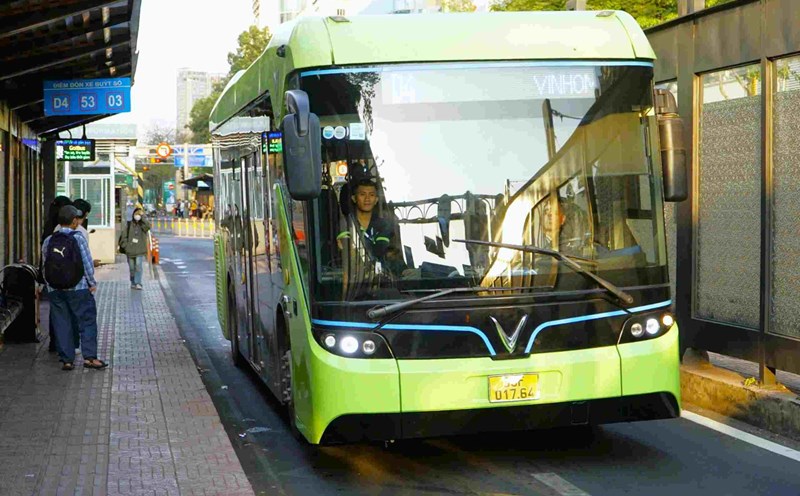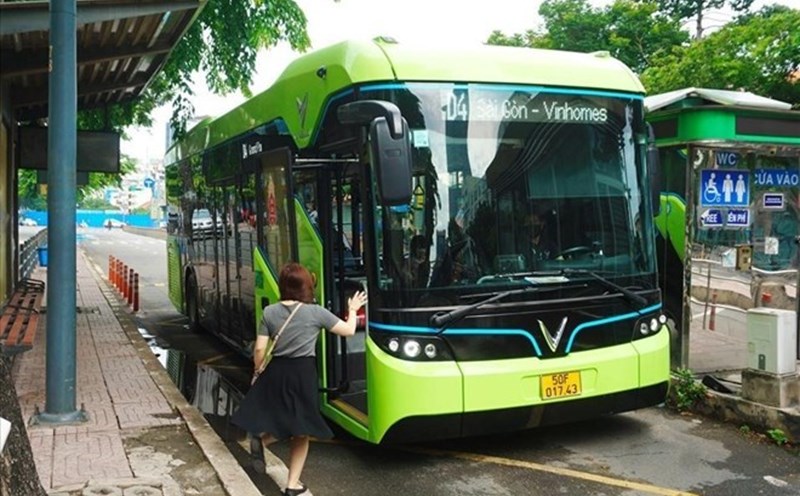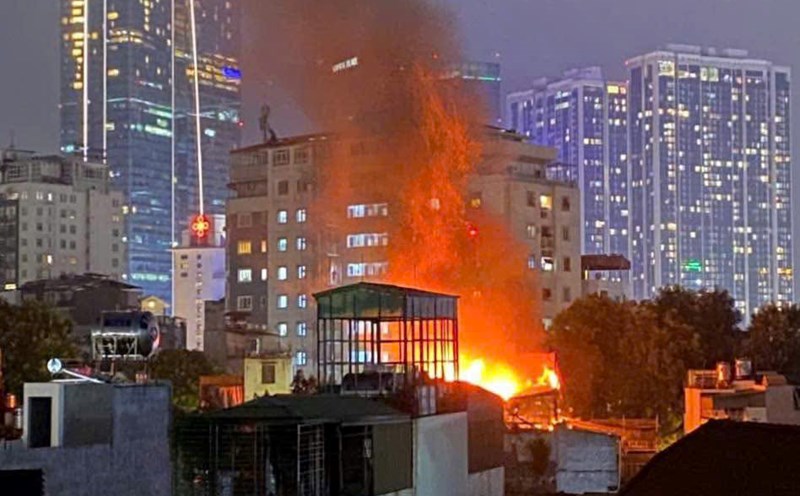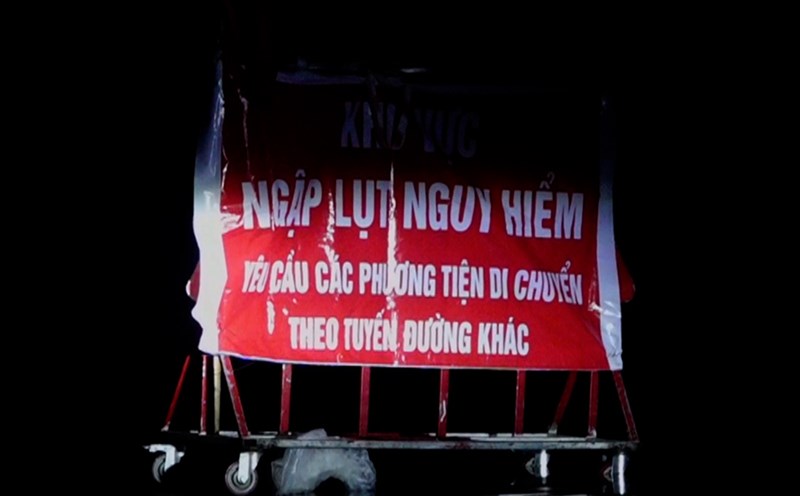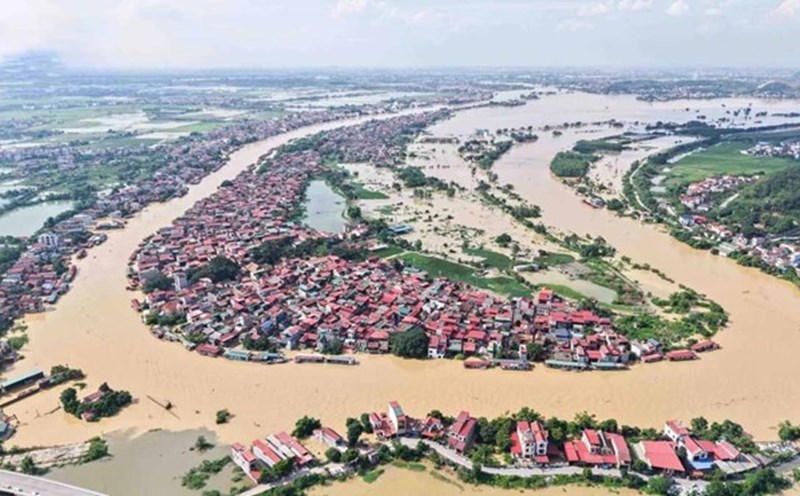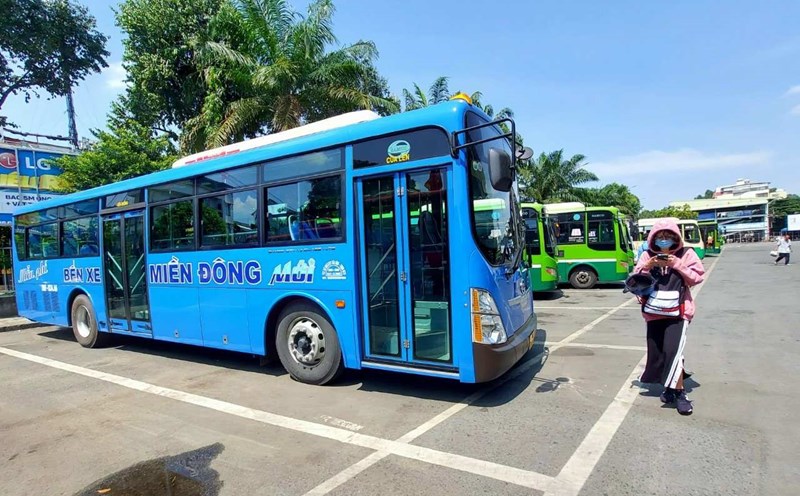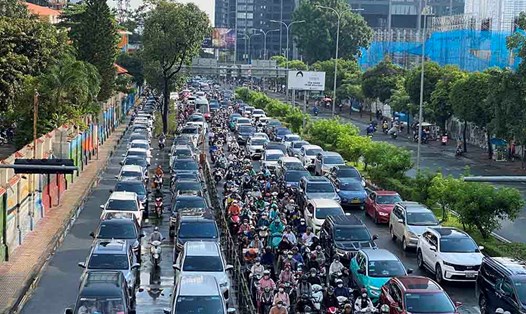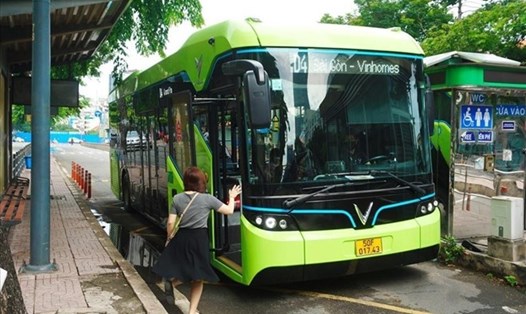This information is stated in the document of the Ho Chi Minh City Department of Construction sent to the Vietnam Fatherland Front Committee of Ho Chi Minh City, to synthesize and absorb comments and social criticism on the draft Resolution of the Ho Chi Minh City People's Council on the roadmap for implementation of conversion and policies to support public passenger transport using electricity and green energy.
During the consultation process, the delegate said that in addition to the policies to support vehicle conversion mentioned in the draft, the city needs to have specific solutions to deal with the situation where businesses still have new buses that cannot be put into operation.
A typical case is Saigon Transport Mechanical Corporation Limited (Samco), which currently has nearly 100 buses using 100% new natural gas (CNG), each worth from 2 to 3 billion VND, with a total estimated value of 200 - 300 billion VND.
These vehicles were invested in since 2018 but have not been exploited yet, causing waste and great damage to businesses.
According to the Department of Construction, the reason for the backlog comes from many objective and subjective factors, such as lack of CNG fuel stations, supply exceeding demand and adjustments in Samco's business plan.
According to Decision No. 876/QD-TTg dated July 22, 2022 of the Prime Minister on the Action Program for Green Energy Transition, Reducing carbon and methane emissions in transportation, from 2025, 100% of newly invested buses will have to use electricity or green energy.
This means that CNG bus routes - once considered environmentally friendly - are no longer in line with the new development orientation.
Therefore, Samco and related units need to soon develop a business conversion plan to adapt to the trend of electrification of public vehicles.
In response to the delegates' opinions, the Department of Construction said that the draft Resolution dossier has been supplemented with content to assess the policy impact on businesses that are or will participate in the vehicle conversion process.
According to the Department of Construction, the drafting process carefully calculated the investment efficiency factor and the cost - benefit of previous projects.
For example, the 1,680 bus investment project for the period 2014-2020 has a project life of 7 years, but many vehicles have been in operation for 15 years - exceeding the depreciation period by 7-10 years according to regulations. After 15 years, CNG vehicles need to undergo major repairs, have high costs, consume more fuel and have higher emissions.
International experience also shows that early replacement is an inevitable trend. In Korea, CNG buses are often encouraged to be replaced after 5 years of use. In Hanoi, public bus packages only accept vehicles that are no more than 10 years old.
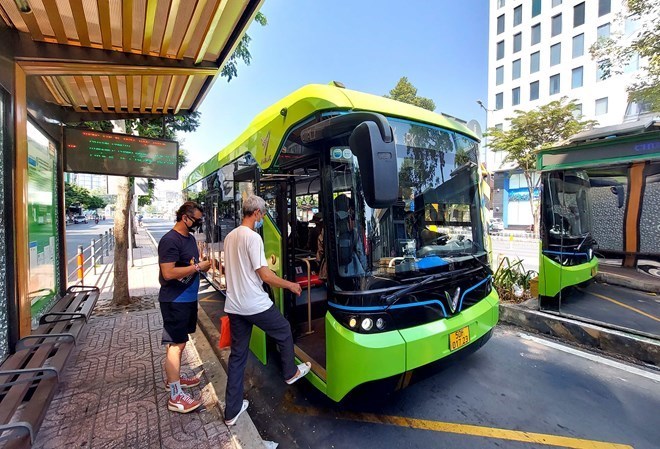
Currently, Ho Chi Minh City, after merging with Binh Duong and Ba Ria - Vung Tau, has 164 routes with 2,342 buses in operation. Of which, 47 electric bus routes (613 vehicles) and 18 CNG bus routes (542 vehicles) account for nearly 50% of all vehicles using electricity and clean fuel.
According to the roadmap for vehicle conversion proposed in the draft Resolution:
In 2027: 24 routes (359 vehicles) whose contracts have expired will be converted to electric buses.
In 2028: 31 routes (647 vehicles) will be converted similarly.
In 2029: The remaining 22 routes (314 vehicles) will be completed to switch to electric buses.

